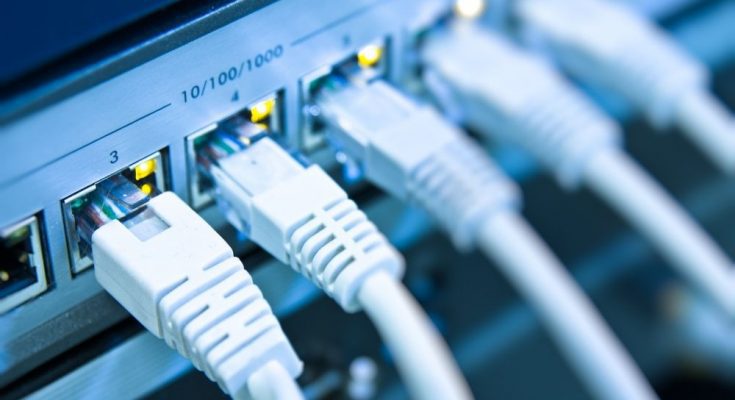We use Ethernet to connect our devices to the internet as a direct line, which improves the device’s speed and connectivity. The Ethernet receives this connection from the LAN and WAN, which offers a network for the devices to communicate. Both LAN and WAN have their differences, each offering distinct benefits.
What Is LAN?
LAN is an acronym that stands for Local Area Network. This network connects devices within a limited area so that they may communicate with each other and access the internet. LAN is typical in small areas and buildings such as schools, neighborhoods, apartments, or offices. This network uses Ethernet and Wi-Fi to access the internet; a wireless version of LAN also creates a wireless network in a localized area.
All devices connected to the same LAN can share files and upload or download data when commanded. However, these devices will lose connections if they step outside of the LAN area, so if someone uses a device that needs to connect to a LAN and that device is outside of the LAN, then the connection will not reach. Instead, the person will have to rely on the WAN.
What Is WAN?
WAN stands for Wide Area Network and spans a whole region, even potentially worldwide. One of the differences between LAN and WAN is that WAN connects devices from multiple areas and has numerous LANs. Some consider the internet to be a WAN since it connects to so many areas of the world on various devices at once.
Companies with multiple locations in different regions of a country or on other continents will utilize the WAN to continue operations. The WAN is capable of handling multiple networks at once to connect them. Since numerous devices remain connected within the WAN, sharing data from anywhere is much easier to achieve.
Differences and Similarities
Both LANs and WANs have connections to different devices at once and connect devices that fall under them. Users relying on both a LAN or WAN can use Ethernet to access the internet with less interference than a wireless connection. Both LAN and WAN can be a part of privately owned businesses as well. These two networks share many similarities, with the key difference being that they operate on different levels.
Since a LAN’s reach limits it to the local area, it cannot reach long distances. All devices within that area stay connected to only the other devices in the same place. WAN is a broader scale network that connects different LANs across regions, thus connecting a large multitude of devices globally. One demonstration of the differences between LAN and WAN is that there are internet service providers that provide a connection through WAN by using a LAN.
The use of WAN and LAN ensures that we can easily meet internet access needs, both big and small. Both are different, but they share several qualities and offer the world internet access that we use every day.



